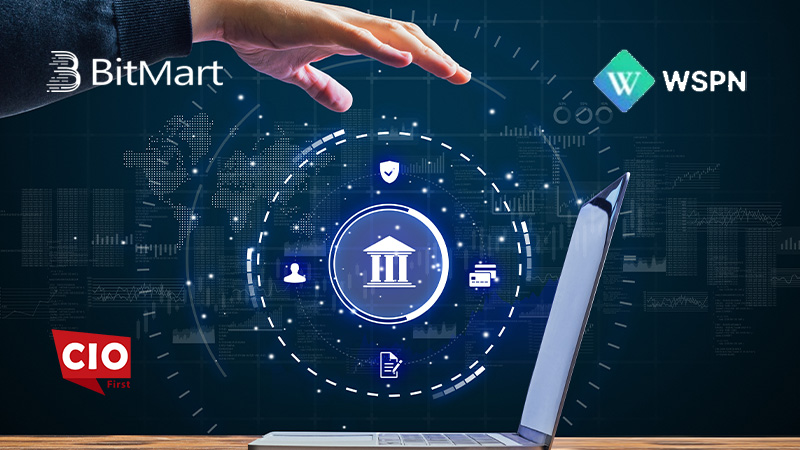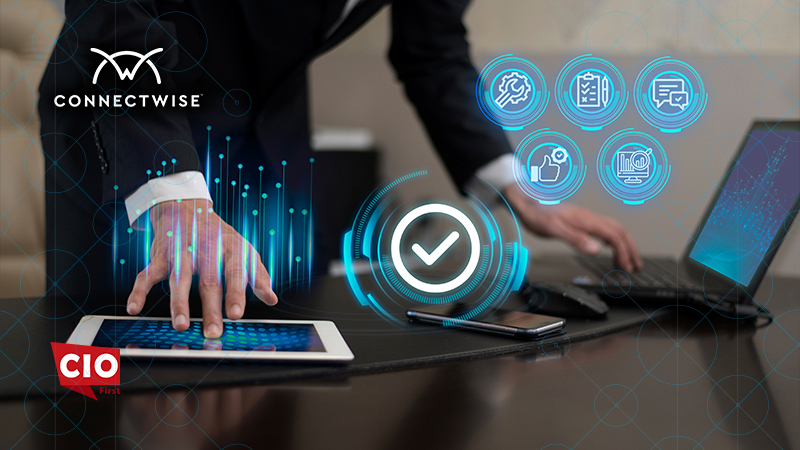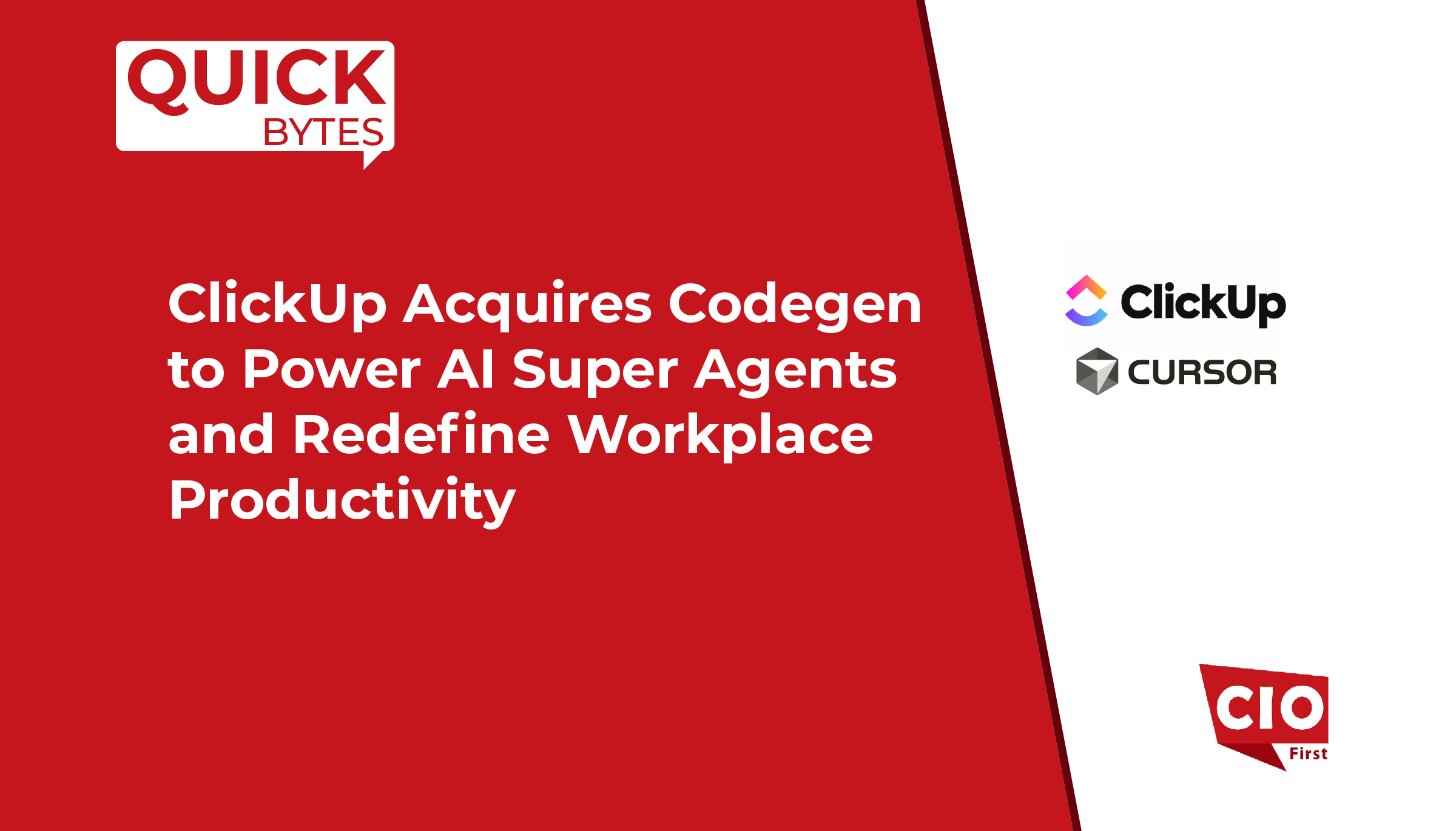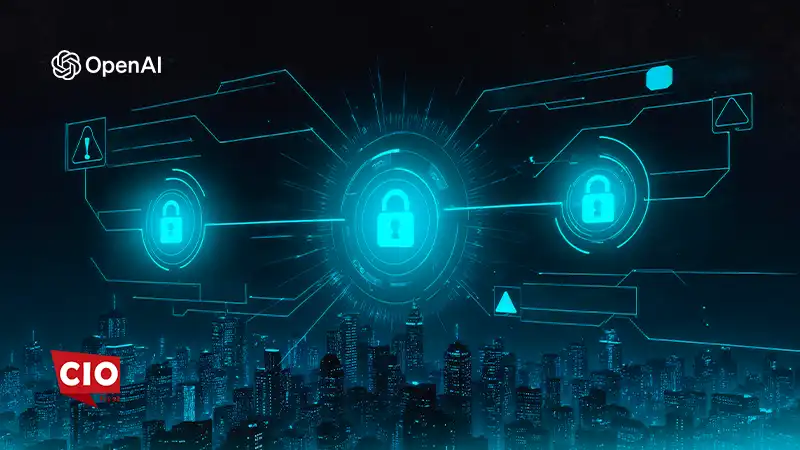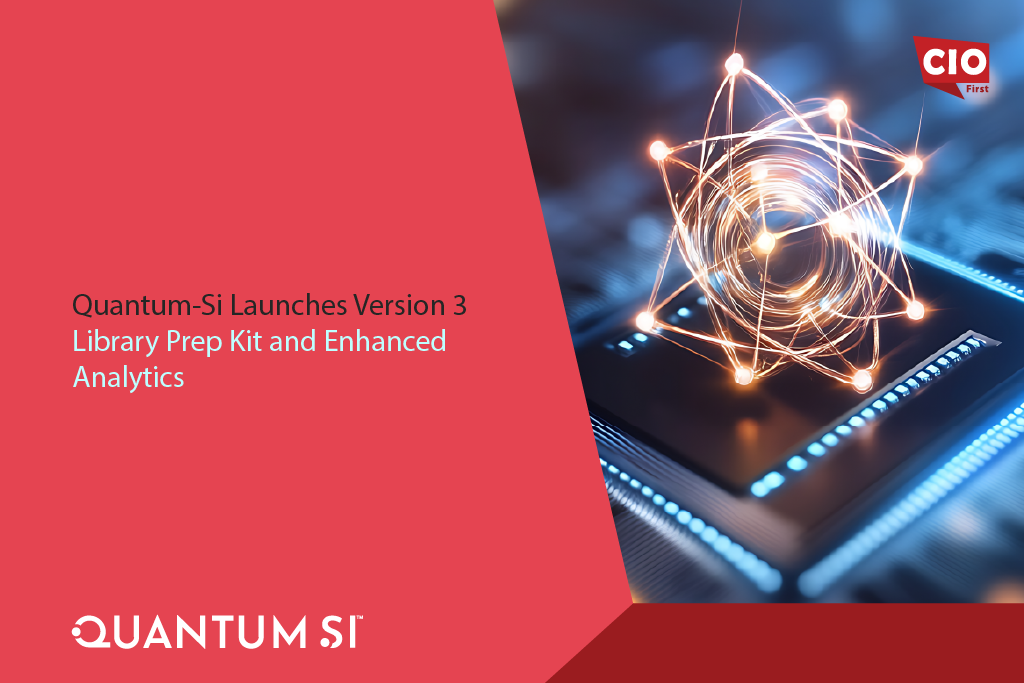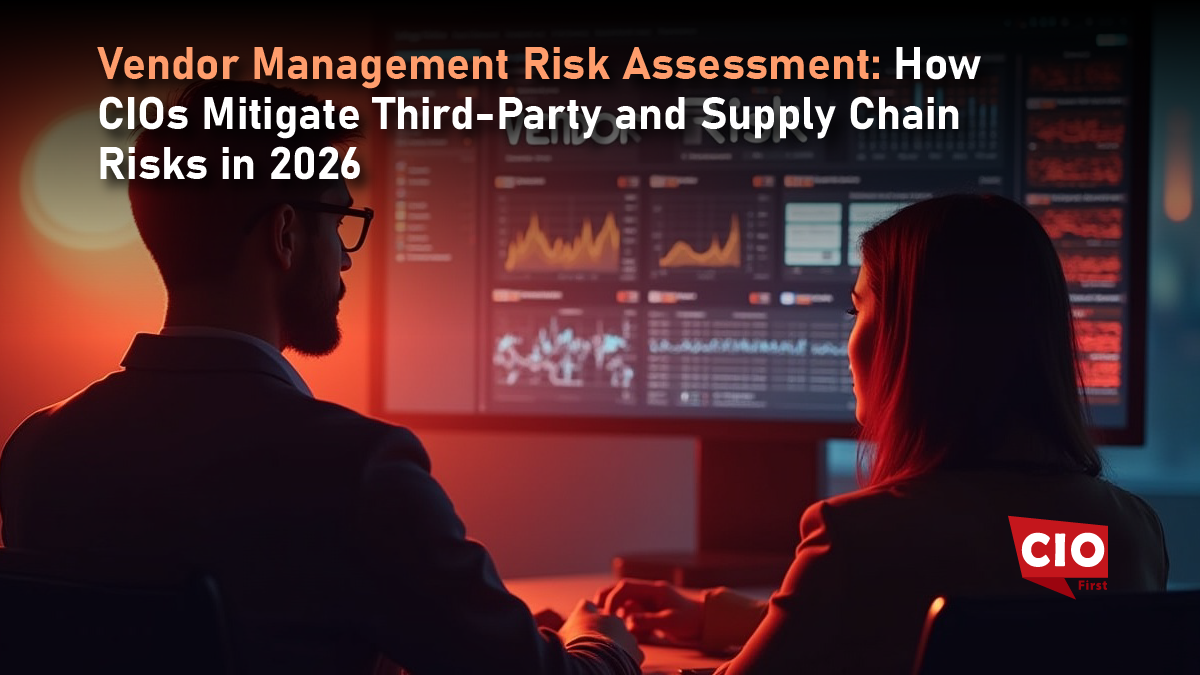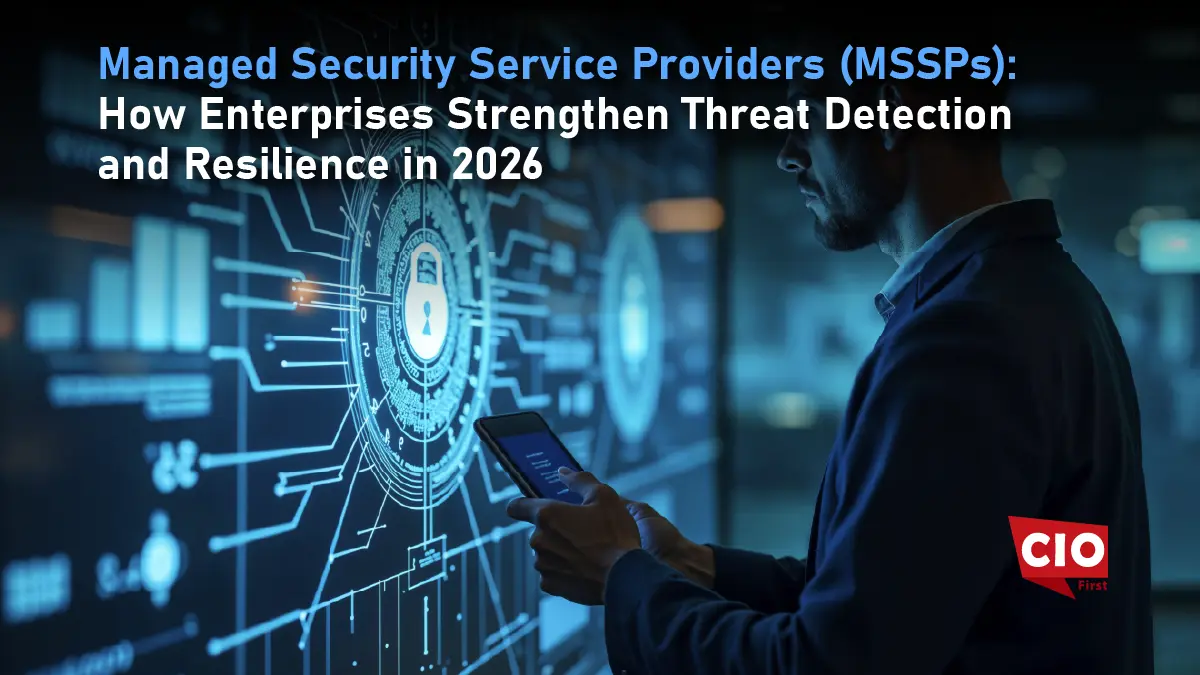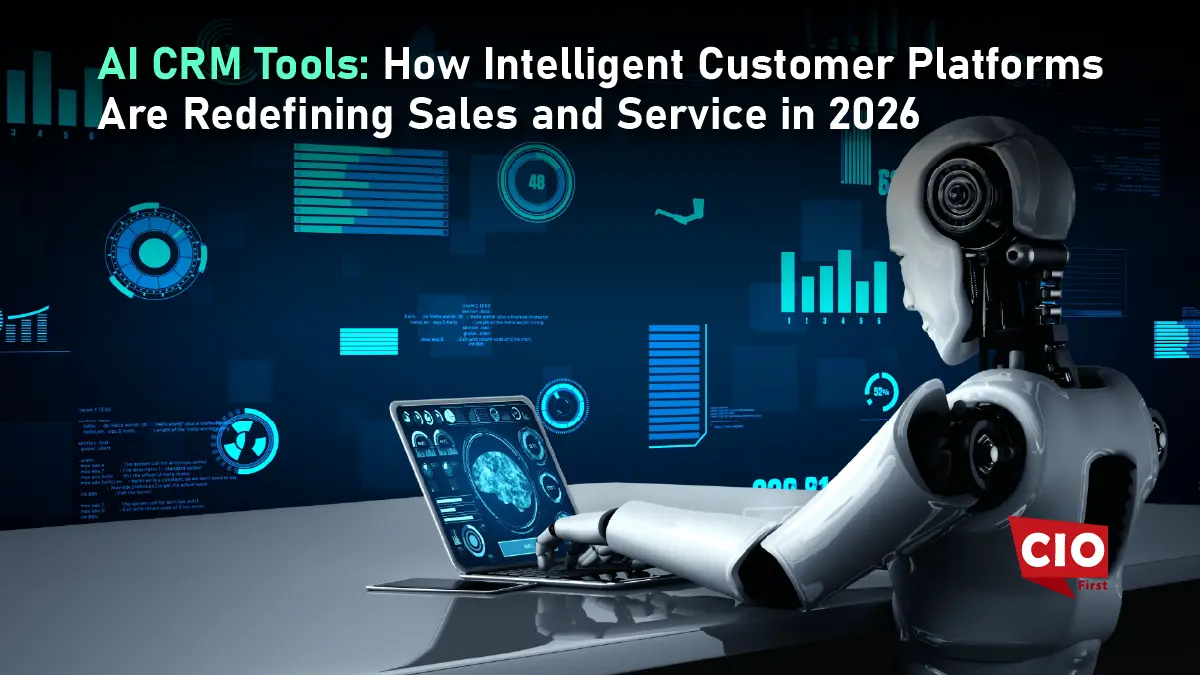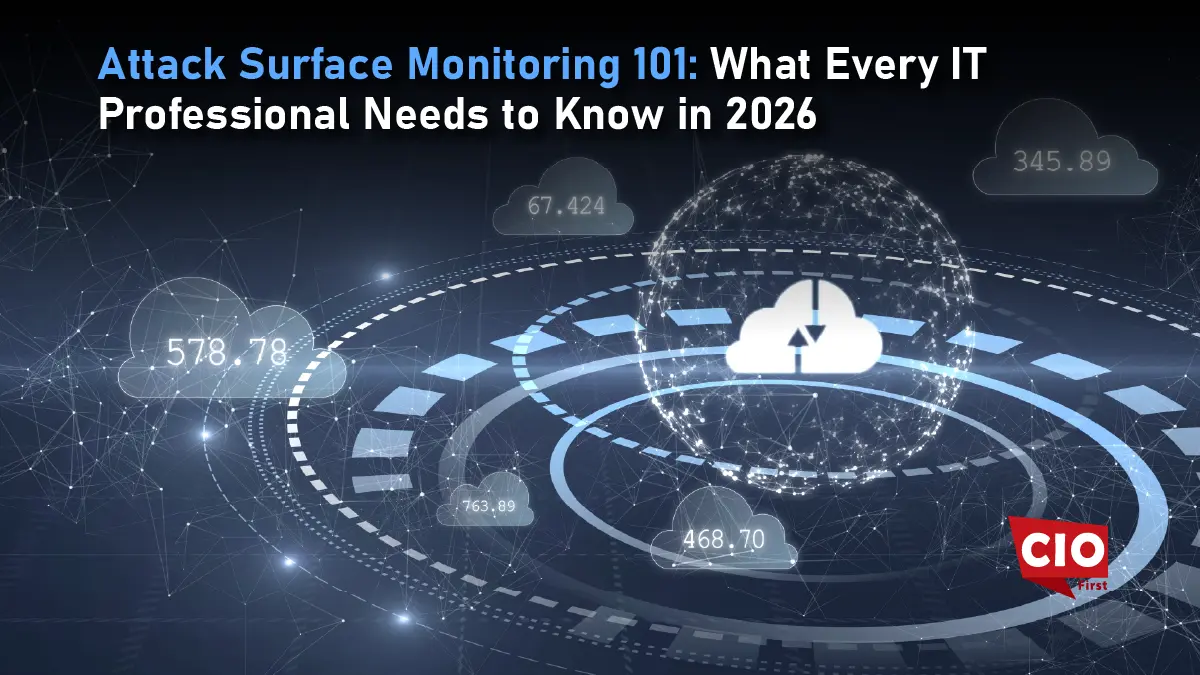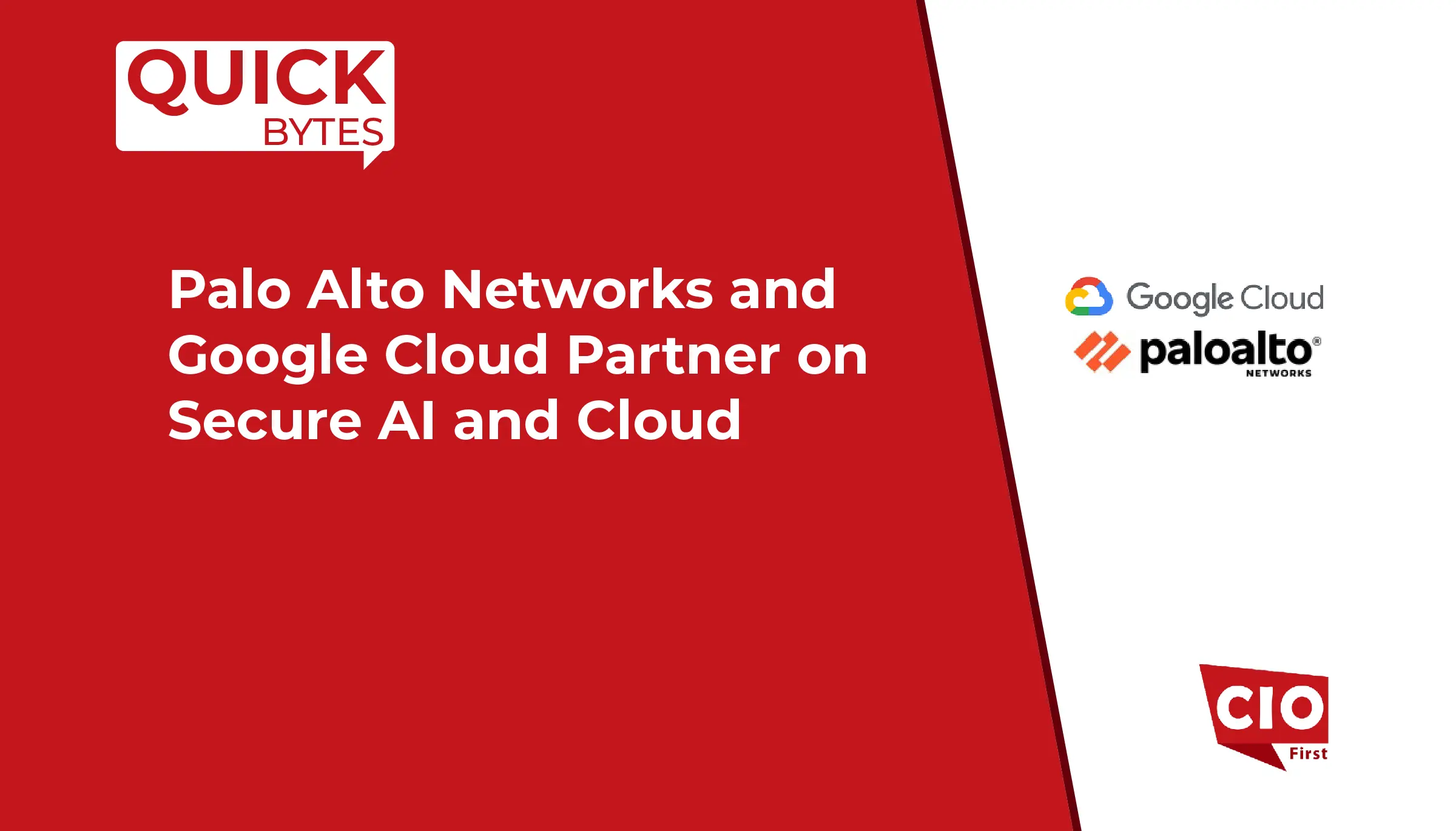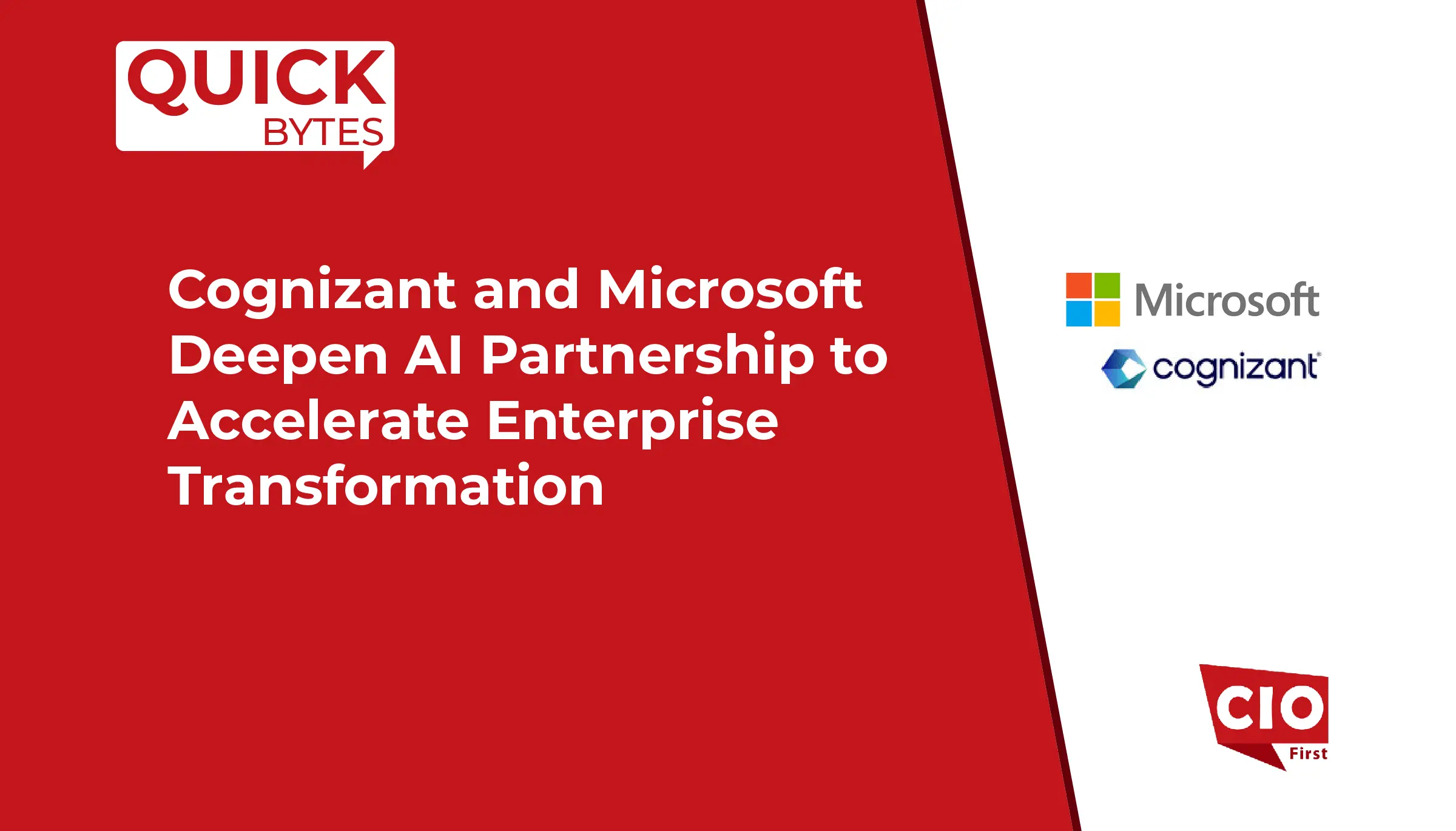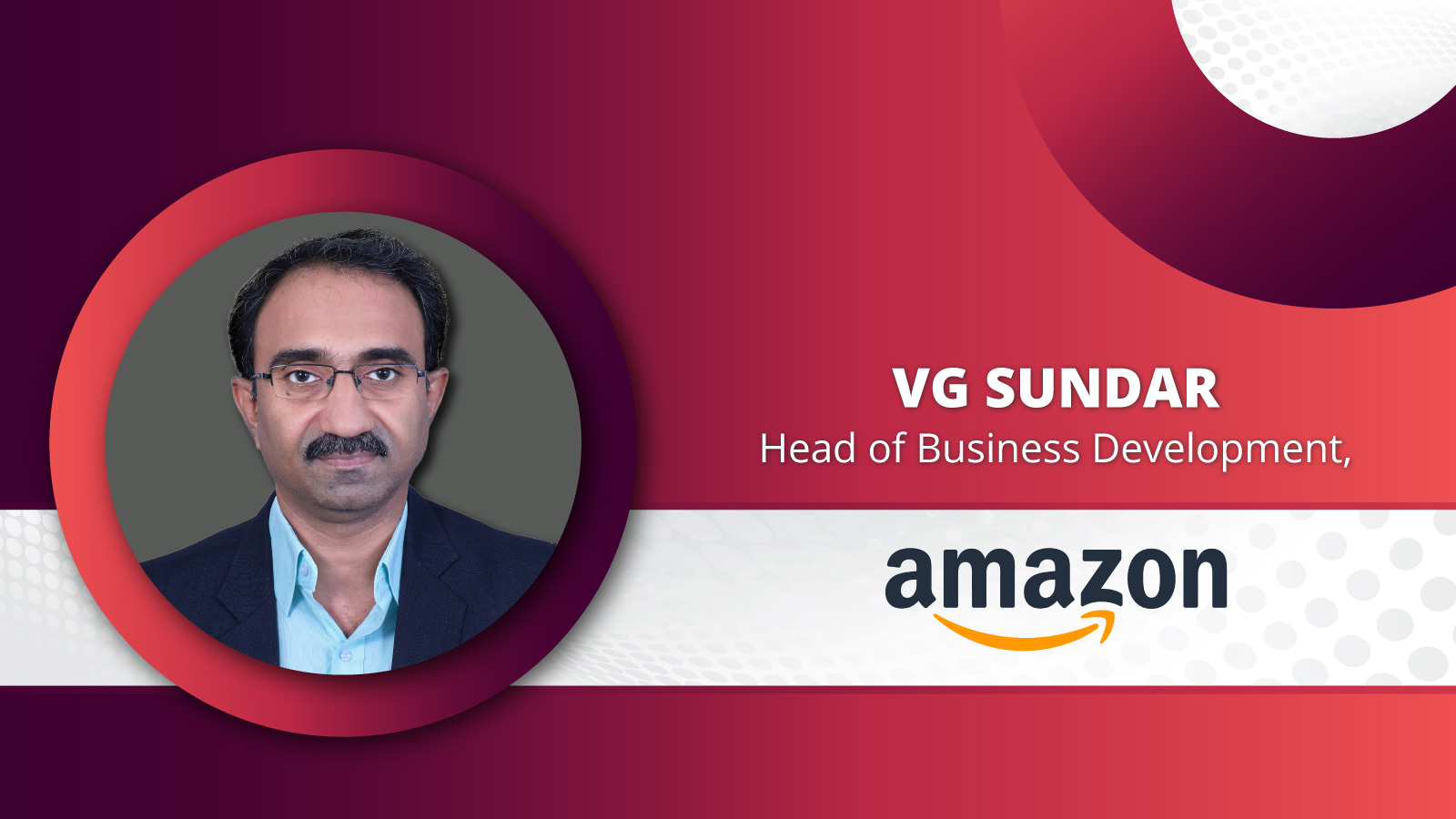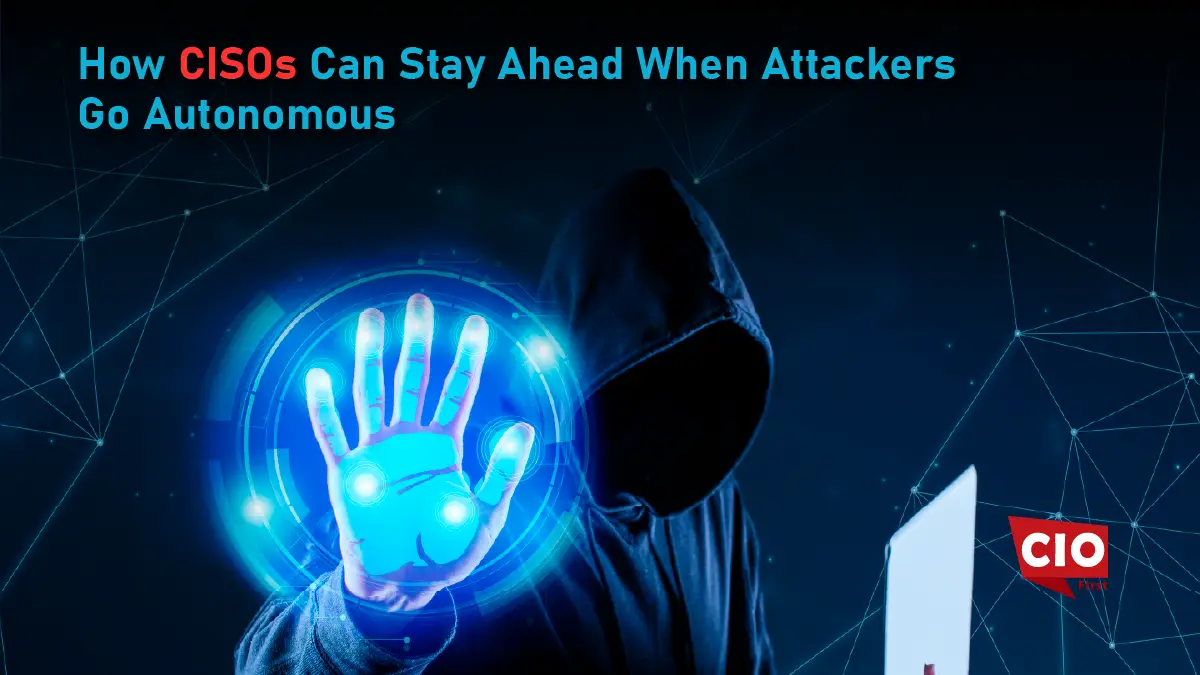The cyber world is moving fast, and one of the biggest changes is the rise of autonomous, AI-driven attacks. In 2025, organizations are seeing a massive shift from manual cyber intrusions to machine-executed attacks that are faster, smarter, and harder to detect. These autonomous attacks can scan for vulnerabilities, launch sophisticated phishing campaigns, and adapt in real time, all without human intervention.
For CISOs, this means a new set of challenges. Traditional defences, based on human monitoring and static rules, are no longer enough. To stay ahead, CISOs need to adopt equally advanced AI-powered defences that match the speed and intelligence of the modern cyber attacker.
Understanding the Autonomous Threat Landscape
New research shows the extent and complexity of AI powered cyber-attacks. An alarming study showed how a reinforcement learning based malware system was able to bypass Microsoft Defender in 8% of cases in just a few months and with minimal investment.
Phishing attacks have gone through the roof with a 1,265% increase since 2022, mainly due to AI being used to craft emails and deepfakes. In India, 80% of phishing emails now involve some form of artificial intelligence.
These numbers are stark: cyber attackers are not just testing AI; they are deploying autonomous systems to breach networks at scale and with precision.
These statistics underscore a grim reality: cyber attackers are not just experimenting with AI; they are fully deploying autonomous systems to compromise networks at scale and with unprecedented precision.
Why Traditional Defenses Fall Short
Most existing security infrastructures were built to counter human-led attacks. However, in the age of autonomous threats, these systems are proving to be inadequate. Human analysts and response teams simply cannot match the speed at which AI-driven threats can infiltrate, adapt, and propagate.
According to a report by Darktrace, 78% of CISOs have already experienced significant impacts from AI-powered threats, but only 60% feel adequately prepared to respond. Moreover, companies like Palo Alto Networks suggest that security strategies now need to be revised every six weeks to remain effective against evolving AI threats.
This rapid evolution of autonomous attacks necessitates a fundamental shift in how CISOs approach cybersecurity. Reactive strategies must give way to proactive, AI-driven defenses that can operate at machine speed.
Strategic Priorities for CISOs in the Age of Autonomous Attacks
To combat autonomous threats, CISOs need to have a full stack strategy that includes AI native security, robust governance, and continuous adaptation.
One of the key steps is to adopt agentic AI tools. These are autonomous systems that can detect, analyze and respond to threats on their own. They can detect polymorphic malware, detect lateral movement in the network, and neutralize phishing attacks before damage is done.
In parallel, you need to secure the entire AI lifecycle. This means protecting machine learning models, securing APIs, preventing data poisoning, and protecting against prompt injection attacks. Failing to do so can lead to catastrophic breaches as more and more enterprises are integrating AI into their operations.
Automated incident response is another top priority. Tools that use deception technologies like honeypots can lure attackers and trigger immediate defensive actions. These technologies can isolate affected systems, rotate credentials, and notify security teams, all without human intervention.
And upskilling is equally important. As AI becomes the cornerstone of cybersecurity, security teams need to be trained in adversarial AI, machine learning risk assessment, and autonomous system governance. This means technical skills and trust in the deployment of AI based tools, which is currently very low among many cybersecurity analysts.
Modern Technologies Enabling Autonomous Defense
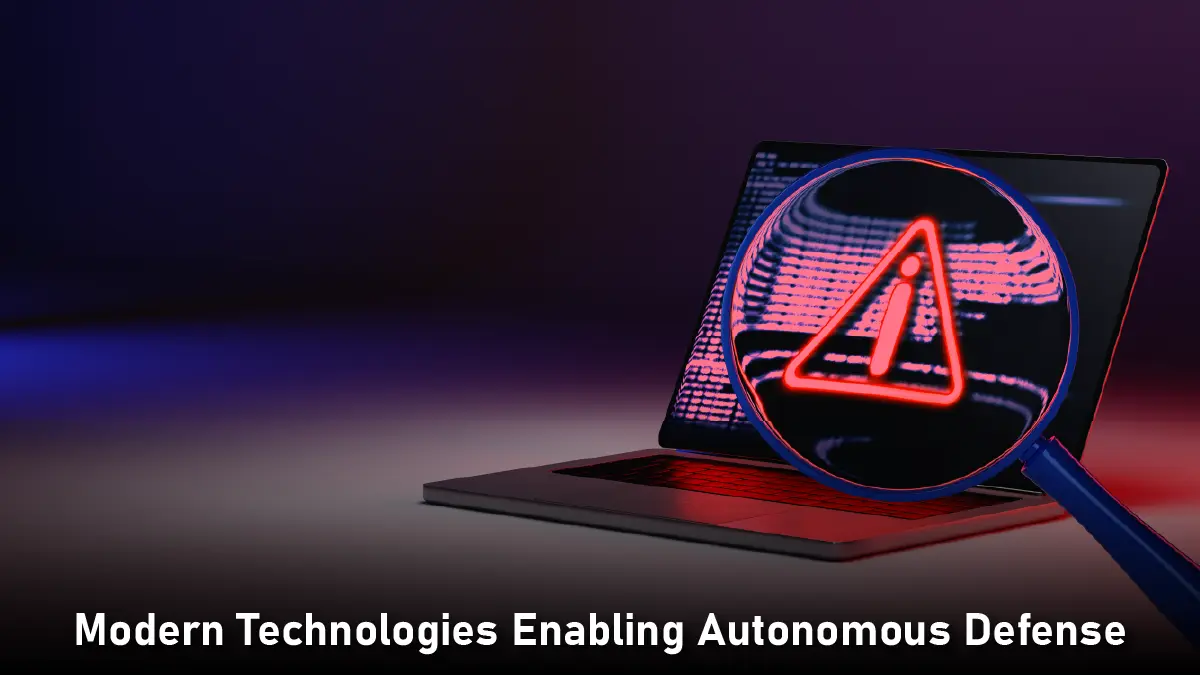
The good news is there is an ecosystem of technologies out there to help CISOs combat these new threats. Google’s Big Sleep project recently made headlines by autonomously detecting and mitigating a critical vulnerability in SQLite. This is a big deal for autonomous security, it’s not just detecting but acting in real time.
Identity and access management is another area where AI is making a big impact. Okta’s integration with Palo Alto Networks’ Cortex XSIAM/XDR is enabling real-time, automated access control based on contextual threat intelligence.
Deception technologies from companies like TrapX and Illusive are also working to identify APTs and stop lateral movement in the network. These tools are virtual landmines, when tampered with, they trigger alerts and countermeasures.
Building an AI-Ready Cybersecurity Framework
CISOs looking to future-proof their organisations need to build a cybersecurity framework that is agile, intelligent and autonomous. Here’s a phased roadmap:
Phase 1: Discovery – Conduct a full audit of existing AI usage, threat models and vulnerabilities. Run simulations to test system resilience against AI attacks.
Phase 2: Integration – Secure the AI infrastructure, deploy deception tech and integrate real-time threat monitoring across all endpoints.
Phase 3: Automation – Implement autonomous response mechanisms that can isolate, remediate and recover from attacks in seconds.
Phase 4: Governance – Create ethical frameworks and audit processes for all AI systems. Be transparent and accountable in AI decision making.
Phase 5: Continuous – Reassess strategies and tech every few weeks, adapt to new threats and leverage the latest AI defence tech.
Real-World Lessons and Implications of Autonomous Attacks
Real world examples show us we need to adopt autonomous defence. Google’s Big Sleep detected a zero-day vulnerability and fixed it without human intervention. Okta and Palo Alto’s collaboration shows how AI can simplify identity management and reduce the attack surface. But autonomous defence isn’t without its challenges. There’s adversarial resistance where attackers probe AI systems to find their weaknesses. There’s also ‘shadow AI,’ unsanctioned tools used by employees that introduce hidden vulnerabilities and data leakage risks. And then there’s explainability. AI systems need to be able to justify their decisions especially in regulated industries where transparency is key. If they can’t they’ll have compliance issues and lose stakeholder trust.
Also Read: 5 Hidden Risks of Shadow AI: From Data Leaks to Compliance Violations
Key Practices for CISOs to Stay Ahead of Autonomous Attacks
● Reduce the possibility of smaller, less-resourced suppliers
Your defenses have been strengthened. You know that you’re ready for everything, even the foldable beds for those ‘all-nighter’ situations.
However, attackers never give up. They may attack your suppliers, who are a simpler target. Smaller organizations that lack the resources that larger corporations have are particularly appealing to attackers.
Your supplier may not even need to be the initial point of entry for the attackers into your network. Putting them out of business can be the only interruption they require if eliminating a rival is the aim.
What occurs if there is a breach at your supplier? Do you terminate the contract and dangle them out to dry? Or do you have common sense and understand that if the problems are resolved now, they will likely be more secure and security-conscious than the next supplier?
● AI Take charge and acknowledge the dangers
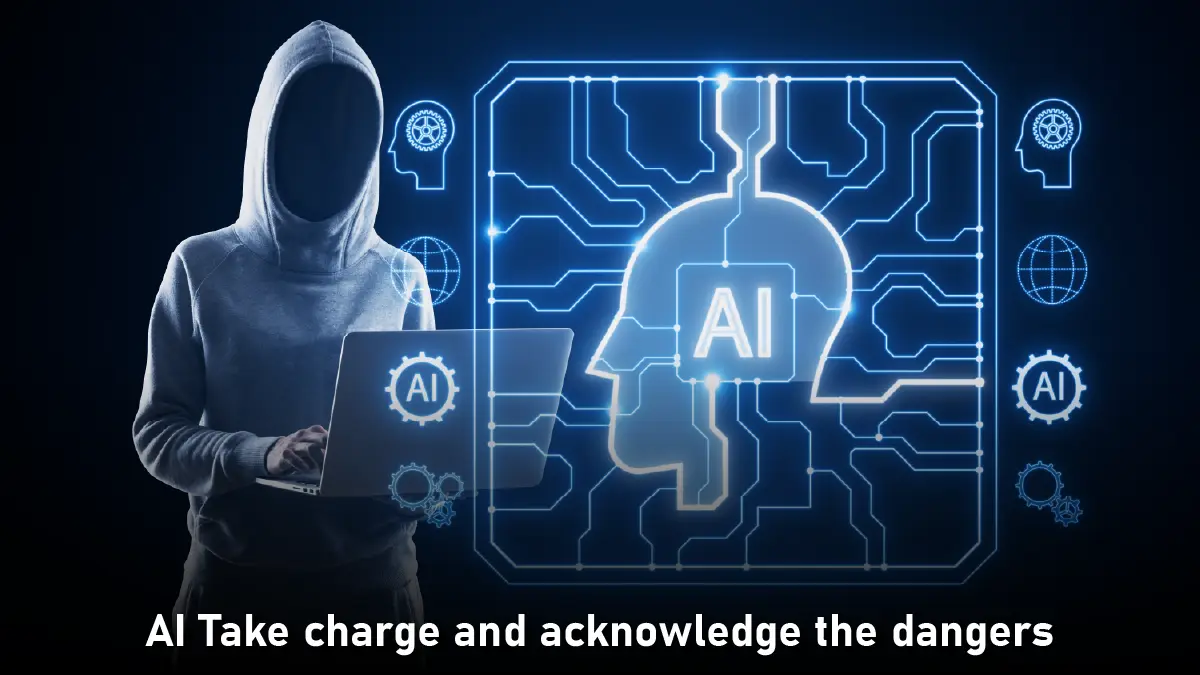
Although AI is still at the periphery of serious cyber threats, the situation is fast shifting due to recent advancements. On the one hand, attackers will be able to launch attacks more quickly and with fewer code or other resources. However, in order to improve defense and protection, security vendors are already investigating and utilizing AI.
CISOs should begin thinking about other facets of AI’s application in business right away. Without a doubt, new security flaws will arise when AI is used to write code. Insecure code is already frequently suggested. Naturally, malicious actors will try to contaminate the AI systems.
Users too will want to take advantage of the autonomy that AI provides and perhaps give unwise permissions to the tool in order to achieve a task.
However, as is frequently the case with cybersecurity, many of the problems are not new; they simply go by the fancy name of ‘AI.’ The new moniker for Shadow IT is Shadow AI, and many of the mechanisms and controls currently use the same ideas. Businesses now have to deal with BYOM (bring your own model), just as they did with BYOD more than ten years ago.
● Make practicing cyber hygiene a habit, just like hand cleaning
Instead of being a yearly training session with a phishing test at the conclusion, cyber hygiene should be integrated into the organization’s culture. There is a significant human component to defense in depth, and companies should take greater action to modify behavior if they wish to alter the culture of their organization.
Employees all too frequently view cyber security as a technological problem rather than a threat to the company as a whole. One well-known example is the rising demand for AI products from users. What’s the harm in downloading anything from Hugging Face, after all? Nonetheless, giving individuals access to approved technologies and increasing situational awareness of other people’s threats can significantly improve security as a whole.
However, other departments, like HR, will be involved in getting the message out. To guarantee that important messages are ‘heard’ by the entire workforce, they can assist in creating programs that provide them in a range of ways.
● Make use of threat intelligence to facilitate
Threat intelligence has evolved beyond its use in defense. It offers insights on business risk that assist organizations in making more informed choices.
Organizations can more accurately predict assaults by switching from a reactive to a proactive approach to threat intelligence. In the end, this promotes business resilience by expanding the window of opportunity to stop the attack.
Additionally, CISOs will be able to provide concise, evidence-based justifications for security investments by coordinating board-level risk management with intelligence-driven security.
● Include compliance in the security plan
Because of the ever-changing nature of cyber threats, CISOs must be ready for changing compliance standards. It’s possible that several parts of the world are moving in similar ways, even though rules are finding it difficult to keep up.
More stringent regulations pertaining to supply chain security will be one of the main topics. The usage of a wide range of AI tools by organizations, many of which depend on the cloud to transfer data between third-party systems for processing, makes this more feasible.
In order to remain ahead of the curve, CISOs should stop considering compliance as an afterthought and instead begin integrating it into their security strategy utilizing the concepts of cyber hygiene and good practice.
Bottom Line: Be Cyber Resilient in 2025
Today’s threats are more complex, AI driven and moving faster than ever. To stay ahead (or at least afloat) your security team needs to adopt zero trust, proactive defence and continuous change.
Cyber resilience is more than just not getting attacked; it’s about being able to identify, respond to and recover from incidents quickly and effectively.
In 2025 and beyond cyber leaders can build stronger, more resilient organisations by being informed, using the latest security tools and building and nurturing a security first culture.

